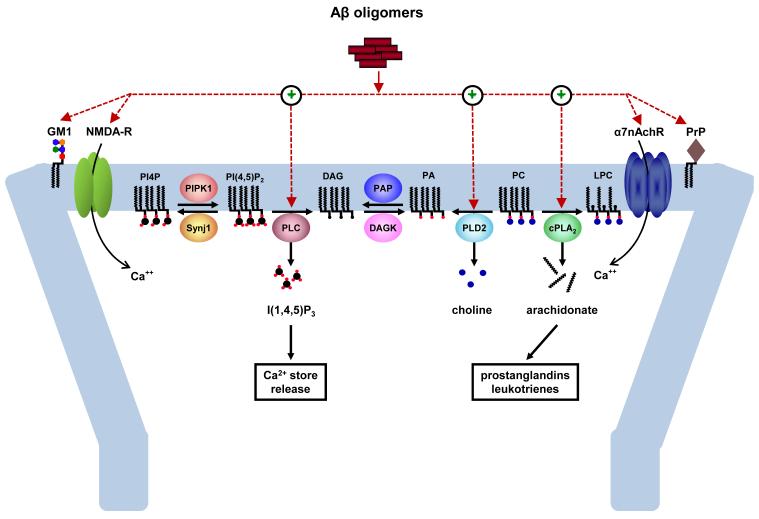Figure 3. Role of lipids in Aβ-induced alterations in neuronal signaling and synaptic plasticity.
Aβ oligomers interact with a number of cell surface molecules, such as gangliosides (e.g., GM1) and Ca2+-permeable neurotransmitter receptor-channels [e.g., the NMDA and α7 nicotinic acetylcholine receptors (α7nAchR)], to influence neuronal activity and synaptic function in neurons. Some of these receptor-channels, such as the NMDA receptor, are critical for synaptic plasticity and are involved in learning and memory. A variety of Aβ oligomer species have been shown to potently alter synaptic function, in part by enhancing the activity of phospholipase C (PLC), cytosolic phospholipase A2 (cPLA2) and phospholipase D2 (PLD2). PLC hydrolyzes phosphatidylinositol-4,5-bisphosphate [PtdIns(4,5)P2] to diacylglycerol (DAG) and inositol-1,4,5-trisphosphate [Ins(1,4,5)P3]. cPLA2 hydrolyzes phosphatidylcholine (PC) to arachidonate and lysophosphatidylcholine (LPC). PLD2 hydrolyzes PC to phosphatidic acid (PA) and choline. The crosstalk and functional hierarchy among these phospholipases remain to be determined, although a common denominator for their activation appears to be elevation of intracellular Ca2+. Decreased dephosphorylation of PtdIns(4,5)P2 to phosphatidylinositol-4-phosphate (PtdIns4P) resulting from the heterozygous deletion of phosphoinositide phosphatase synaptojanin 1 (Synj1) confers protection against the synaptotoxic action of Aβ oligomers, indicating that phospholipid metabolism can directly influence the susceptibility of neurons to Aβ. PAP, phosphatidic acid phosphatase; DAGK, diacylglycerol kinase.

